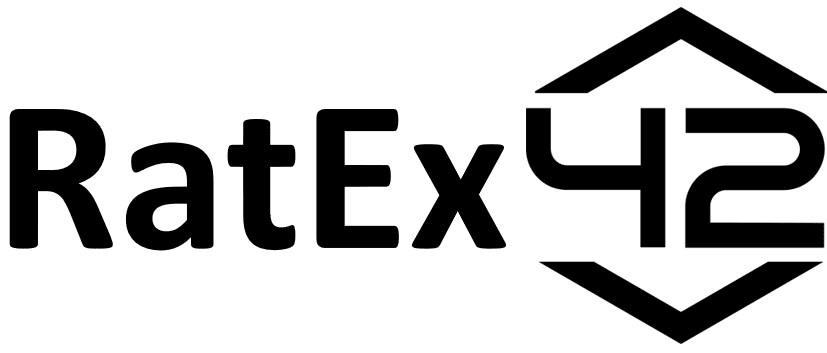Following the shutdown of the Russian crypto exchange Garantex in March 2025, evidence has emerged that its operations have been seamlessly continued under a new platform, Grinex. Despite sanctions and frozen wallets, Grinex has already processed over $29 million in transactions by mid-March 2025, according to an investigation by Swiss blockchain analytics firm Global Ledger.
Key Findings
- Liquidity Transfer to Grinex:
- Garantex transferred its liquidity, including significant holdings of the ruble-backed stablecoin A7A5, to Grinex. This transfer was facilitated through a complex series of transactions involving one-time-use wallets and a “burn-and-mint” laundering process.
- The systematic movement of funds from Garantex’s blocked wallets to Grinex’s deposit wallet provides undeniable on-chain evidence of their connection.
Read FinTelegram´s Garantex reports here.
- User Migration:
- User balances from Garantex have been transferred to Grinex accounts. Starting March 12, 2025, Garantex users reported receiving previously blocked funds in their Grinex wallets.
- A Grinex manager confirmed that customers are visiting former Garantex offices to facilitate fund transfers between the two platforms.
- Operational Continuity:
- Promotional materials and statements suggest that Grinex was created by Garantex’s founders to circumvent sanctions and frozen funds.
- The user interface of Grinex closely resembles that of Garantex, further reinforcing their operational continuity.
- Stablecoin A7A5’s Role:
- The Kyrgyz-issued ruble-backed stablecoin A7A5 played a central role in the liquidity transfer. After being listed on Garantex in February 2025, it was quickly made available on Grinex following Garantex’s shutdown.
- On-chain data shows a coordinated effort to move A7A5 from blocked wallets to Grinex using sophisticated laundering techniques.
- Off-Chain Indicators:
- Transactions involving TRX tokens for gas fees were traced back to prominent crypto exchanges previously associated with Garantex.
- Statements from CoinMarketCap and other sources indicate that the same individuals behind Garantex founded Grinex.
Implications
The transition from Garantex to Grinex highlights the resilience of illicit financial networks within the cryptocurrency ecosystem. Despite regulatory crackdowns and sanctions, these networks continue to adapt by leveraging decentralized technologies and opaque transaction methods. The case underscores the need for enhanced blockchain analytics and international cooperation to combat such schemes effectively.
Grinex’s emergence as a successor to Garantex also raises concerns about the enforcement of sanctions and regulatory oversight in jurisdictions with lenient crypto policies. The use of innovative laundering techniques like “burn-and-mint” further complicates efforts to trace illicit funds.
Conclusion
The investigation into Garantex and its successor, Grinex, reveals a deliberate strategy to evade sanctions and continue operations under a new guise. Both on-chain and off-chain evidence confirm that Grinex is not an independent entity but a direct continuation of Garantex‘s activities. This development emphasizes the ongoing challenges in regulating cryptocurrency exchanges involved in illicit financial activities.
